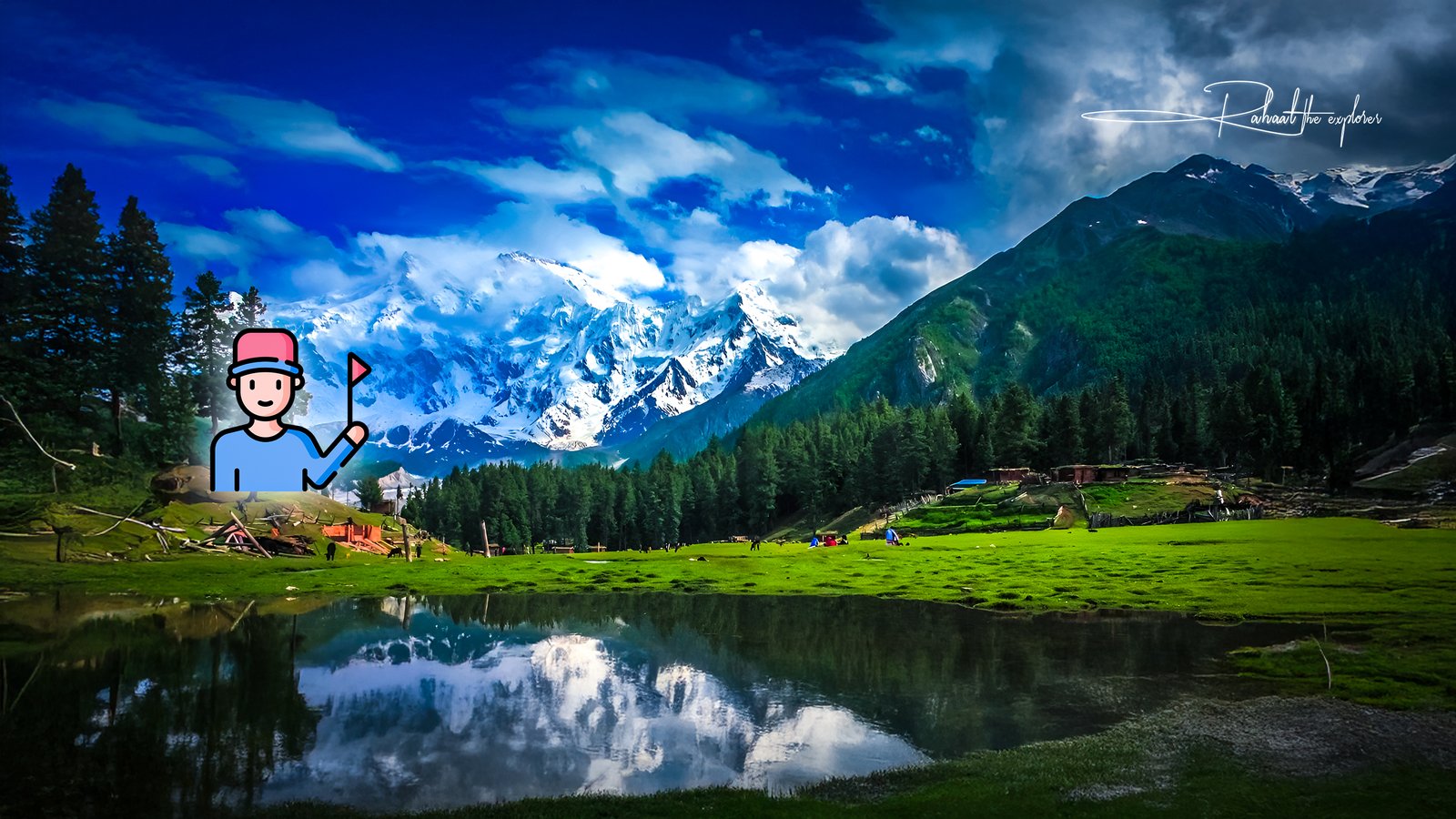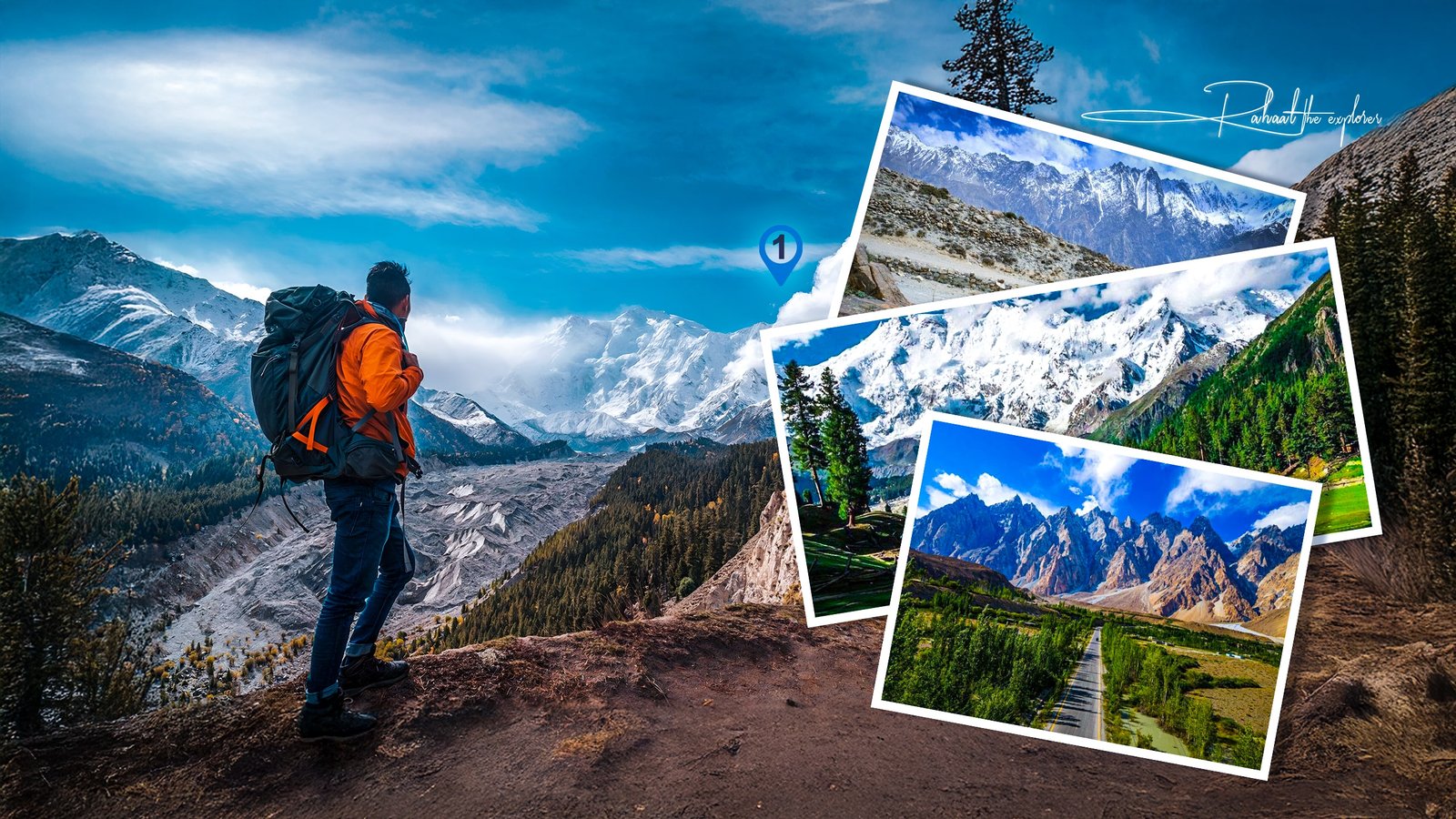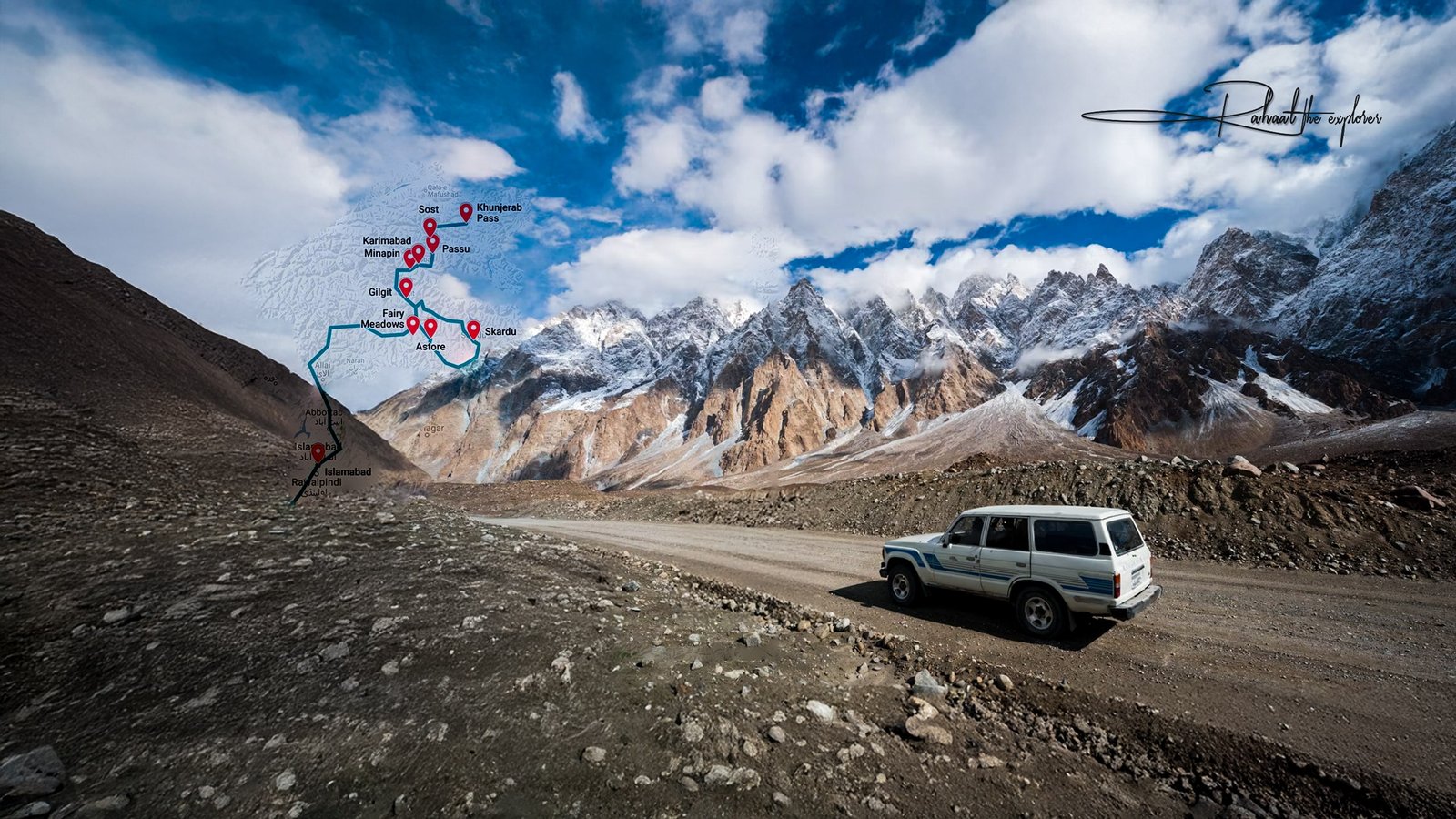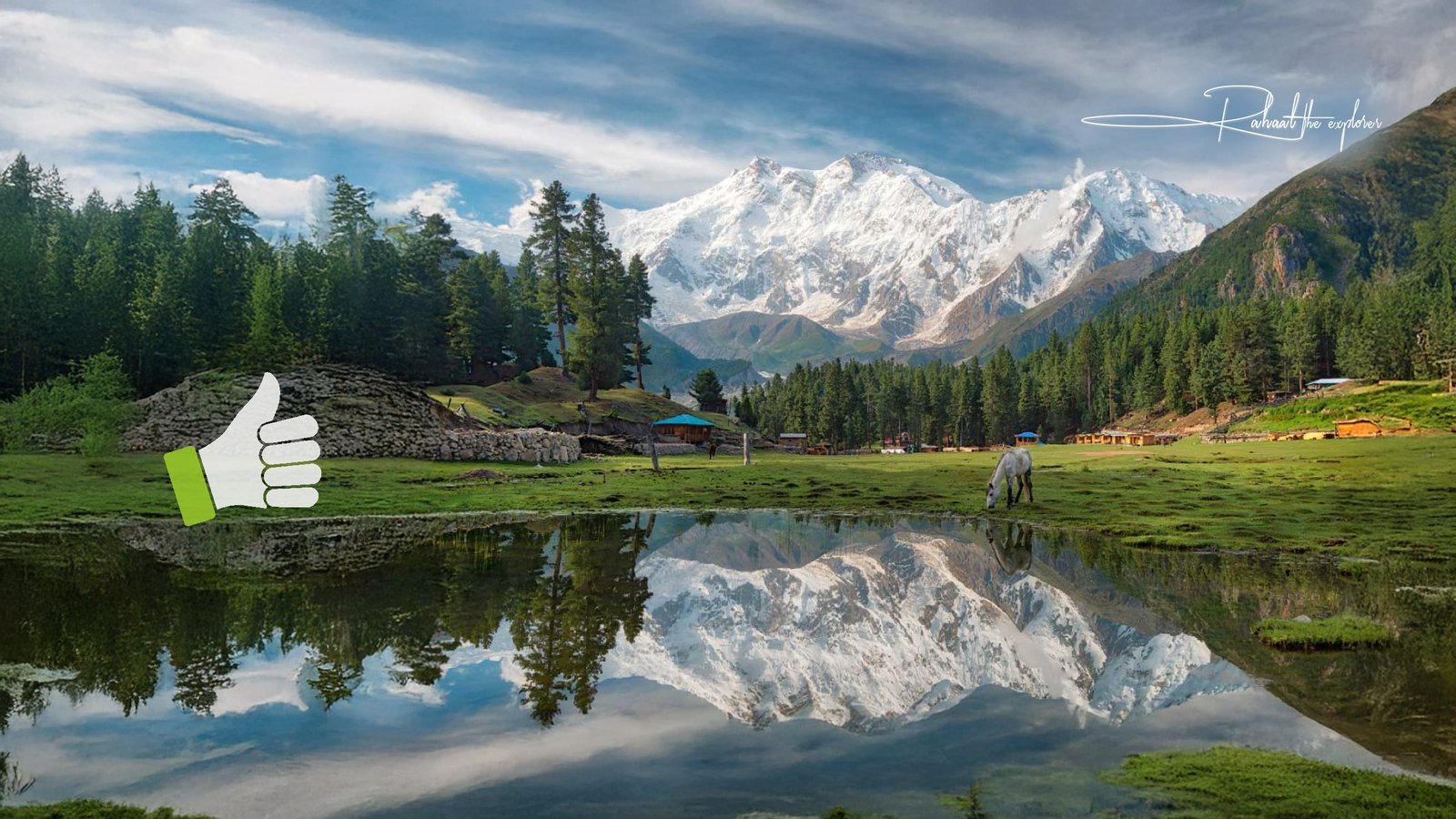Bali, the “Island of the Gods,” is one of the most sought-after travel destinations in the world — a tropical paradise where lush jungles, emerald rice terraces, and sun-kissed beaches create a picture-perfect getaway. Whether you’re planning a honeymoon, a surf trip, or a cultural escape, one of the most common questions travelers ask is: “When is the best time to visit Bali?”
Choosing the best time to visit Bali can make a big difference in your experience. Weather, festivals, crowds, and costs all vary throughout the year. In this complete guide, we’ll help you understand Bali’s seasons, highlight the best months for different types of travelers, and share insider tips to help you plan the perfect trip.
1. Understanding Bali’s Climate
Before diving into the best months to visit, it’s important to understand Bali’s tropical climate. Located just south of the equator, Bali enjoys warm weather year-round, but it has two distinct seasons — the dry season and the wet season.
- Dry Season: April to October
- Wet Season: November to March
Average Temperatures
Bali’s temperatures are consistent throughout the year, ranging between 26°C (79°F) and 32°C (90°F). However, humidity and rainfall vary significantly between seasons.
| Month | Average Temp | Rainfall | Season |
|---|---|---|---|
| January | 27°C | High | Wet |
| February | 27°C | High | Wet |
| March | 28°C | Moderate | Transition |
| April | 29°C | Low | Dry |
| May | 30°C | Low | Dry |
| June | 29°C | Low | Dry |
| July | 28°C | Low | Dry |
| August | 28°C | Low | Dry |
| September | 29°C | Moderate | Dry |
| October | 30°C | Moderate | Transition |
| November | 29°C | High | Wet |
| December | 28°C | High | Wet |
2. The Dry Season (April to October) — The Best Time to Visit Bali
The dry season is widely considered the best time to visit Bali. With blue skies, sunshine, and minimal rain, it’s perfect for outdoor adventures, beach days, and exploring cultural landmarks.
Why Visit Bali During the Dry Season
- Ideal weather: Warm but not humid, with clear skies.
- Best for beaches: Perfect swimming, snorkeling, and diving conditions.
- Festivals: Many of Bali’s most famous festivals occur during these months.
- Low risk of rainfall: Great for hiking Mount Batur or visiting temples.
Best Months in the Dry Season
April and May
- Warm, sunny days with fewer tourists.
- Lower hotel prices compared to peak months.
- Great visibility for diving and snorkeling.
June to August
- Peak tourist season — expect higher prices and larger crowds.
- Excellent surf conditions, especially in Uluwatu, Canggu, and Padang Padang.
- Ideal time for exploring temples, rice terraces, and waterfalls.
September to October
- Weather remains dry but crowds begin to thin out.
- A great time for couples seeking a romantic yet peaceful getaway.
3. The Wet Season (November to March) — Bali’s Lush and Quiet Side
While many avoid Bali during the wet season, this period has its own charm. The island becomes greener, waterfalls are stronger, and fewer tourists mean you can enjoy popular attractions in peace.
Why Visit Bali During the Wet Season
- Fewer tourists: Attractions are less crowded.
- Cheaper accommodations: Hotel and flight prices drop significantly.
- Lush landscapes: Perfect for photography and jungle trekking.
However, heavy rain showers can disrupt outdoor plans, especially in December and January. If you plan your activities wisely — mornings tend to be clearer — the wet season can still be an enjoyable time to visit.
Best Months in the Wet Season
November
- Start of the rainy season with occasional showers.
- Still good for sightseeing and cultural experiences.
December and January
- Peak of the wet season. Expect frequent afternoon showers.
- Great time for yoga retreats, spa experiences, and cultural tours.
February and March
- Rain begins to lessen, and the weather becomes more balanced.
- A good time for visiting temples, rice terraces, and waterfalls.
4. Best Time to Visit Bali Based on Traveler Type
Every traveler visits Bali for a different reason — beaches, culture, adventure, or relaxation. Here’s when to go based on what you want to experience.
For Beach Lovers
Best months: May to September
- Calm seas and crystal-clear waters.
- Perfect for swimming, snorkeling, and sunbathing.
- Top beaches: Nusa Dua, Seminyak, and Jimbaran Bay.
For Surfers
Best months: April to October
- The west coast (Kuta, Canggu, Uluwatu) has world-class surf breaks.
- East coast (Sanur, Keramas) is better from November to March.
For Nature and Adventure Seekers
Best months: May to September
- Dry trails for hiking Mount Batur or Mount Agung.
- Waterfalls like Tegenungan and Sekumpul are more accessible.
For Cultural Travelers
Best months: March, April, September, October
- Witness Bali’s famous festivals like Nyepi (Day of Silence) in March and Galungan in April.
- Perfect for visiting temples such as Uluwatu, Besakih, and Tanah Lot.
For Budget Travelers
Best months: February to April and October to November
- Enjoy discounts on hotels and flights.
- Fewer crowds and a relaxed vibe at beaches and cafes.
5. Bali Festivals and Events by Month
Bali’s rich Hindu culture and traditions make it a vibrant destination year-round. If you want to experience the island’s soul, plan your trip around one of its major festivals.
| Month | Festival/Event | Description |
|---|---|---|
| March | Nyepi (Day of Silence) | The Balinese New Year — a day of reflection and quiet. |
| April | Galungan | Celebrates the victory of good over evil. |
| May | Ubud Food Festival | Showcases Indonesian cuisine and chefs. |
| July | Bali Arts Festival | A month-long celebration of dance, music, and art. |
| August | Sanur Village Festival | Cultural parades, music, and food fairs. |
| October | Nusa Dua Fiesta | Exhibits art, sports, and traditional performances. |
| December | Christmas & New Year | Beach parties and fireworks across the island. |
6. Regional Weather Differences in Bali
Although Bali is relatively small, weather can vary between regions:
- South Bali (Kuta, Seminyak, Canggu): Warm and dry most of the year — ideal for beach activities.
- Central Bali (Ubud): Cooler and more humid, especially during the rainy season.
- North Bali (Lovina): Drier and quieter, great for dolphin watching.
- East Bali (Amed): Popular for diving and snorkeling with calm waters year-round.
If you’re planning a multi-day itinerary, this variation allows you to experience diverse climates and landscapes within a single trip.
7. Travel Tips for Visiting Bali
- Book early during peak season: June to August sees high demand for hotels and flights.
- Pack light, breathable clothes: Bali’s tropical weather calls for comfortable fabrics.
- Use eco-friendly sunscreen: Protect Bali’s coral reefs while enjoying the beach.
- Stay hydrated: Humidity can be high, especially in coastal areas.
- Plan activities for the morning: Rain showers are more common in the afternoon during the wet season.
- Respect local customs: Dress modestly when visiting temples and avoid loud noise during religious ceremonies.
8. Pros and Cons by Season
| Season | Pros | Cons |
|---|---|---|
| Dry Season (Apr–Oct) | Perfect weather, great visibility, ideal for outdoor activities | Crowded and higher prices |
| Wet Season (Nov–Mar) | Fewer crowds, lush scenery, cheaper accommodations | Heavy rain, humidity, possible flooding |
9. Sample Itineraries by Season
Dry Season Itinerary (June–August)
- Day 1–2: Explore Ubud’s rice terraces and temples.
- Day 3: Hike Mount Batur at sunrise.
- Day 4–5: Relax in Seminyak and enjoy beach clubs.
- Day 6–7: Visit Uluwatu Temple and Tanah Lot.
Wet Season Itinerary (December–February)
- Day 1–2: Enjoy Ubud’s art galleries and cafes.
- Day 3–4: Take a yoga retreat or spa day.
- Day 5: Visit waterfalls like Tegenungan.
- Day 6–7: Explore indoor cultural centers and Balinese cooking classes.
10. FAQs — Best Time to Visit Bali
Q1: What is the best month to visit Bali?
The best months are May, June, and September — great weather, fewer crowds, and lower prices than peak season.
Q2: When is Bali’s rainy season?
Bali’s rainy season runs from November to March, with heaviest rains in December and January.
Q3: Is Bali crowded all year round?
No. The busiest months are July, August, and December, while February, March, and October see fewer tourists.
Q4: Can you visit Bali during the wet season?
Yes. Mornings are usually sunny, and the rains bring out the island’s lush beauty — perfect for relaxation and photography.
Q5: What is the hottest month in Bali?
May and October are typically the hottest months, with average temperatures around 31°C (88°F).
Q6: When is the cheapest time to visit Bali?
The cheapest time to visit Bali is between February and April, and October to November, when flights and hotels offer discounts.
Q7: How many days do you need in Bali?
A 7–10 day trip allows you to explore beaches, temples, Ubud, and nearby islands like Nusa Penida.
11. Final Thoughts
When it comes to choosing the best time to visit Bali, there’s no wrong answer — it depends on what you want to experience.
- For sunshine and beaches: May to September is ideal.
- For tranquility and savings: February to April or October to November.
- For culture and festivals: March and April bring Bali’s most spiritual celebrations.
Bali is more than a destination — it’s an emotion. Whether you come for the surf, spirituality, or sunsets, each season offers a unique perspective of this island paradise. So pack your bags, pick your month, and let the magic of Bali capture your heart.



















